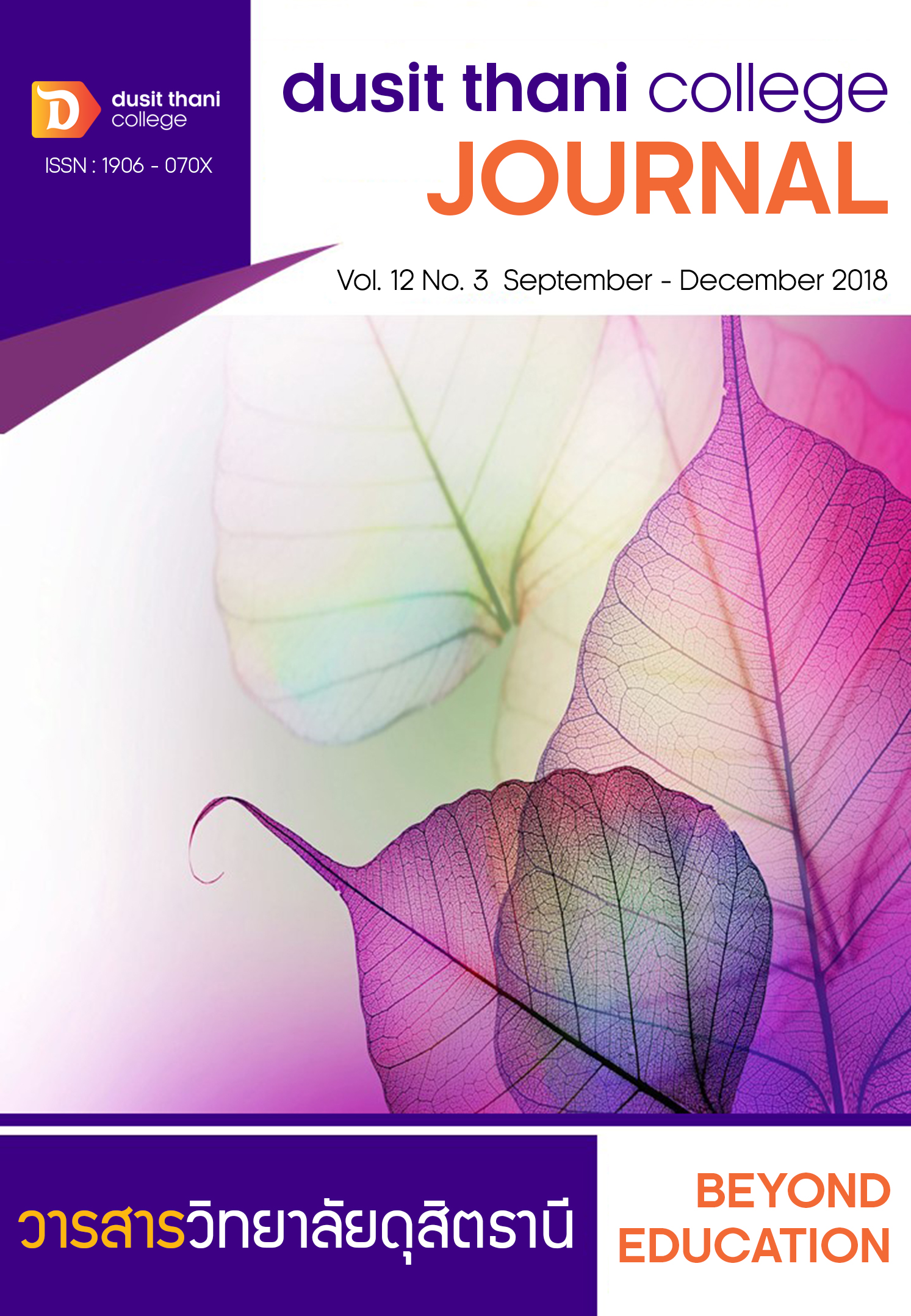Organizational Culture and Quality of Work Life Predicting Transparency in the Operation of Personnel in the Ministry of Public Health
Main Article Content
Abstract
The objectives of this research were 1) to study Transparency in the Operation of Personnel, organization culture and quality of work life 2) to study relationship between organization culture and Transparency in the Operation of Personnel, 3) to study relationship between quality of work life and Transparency in the Operation of Personnel, 4) to Predicting Transparency in the Operation of Personnel with organization culture and quality of work life. Samples of this research were 341 personnel in Ministry of Public Health, to support operations in the central office at Office of the Permanent Secretary, Department of Medical Sciences, Department of Mental Health and Department of Health. The researcher used proportional stratified random sampling method to select the samples depending on the organization and then used convenience sampling. The instruments for gathering data were questionnaires. The statistics employed for data analysis were percentage, mean, standard deviation, Pearson Product-Moment Correlation Coefficient and Stepwise Multiple Regression Analysis.
The results were concluded that 1)Transparency in the Operation of Personnel, organization culture and quality of work life was at high level, 2) There was a positive relationship between organization culture and Transparency in the Operation of Personnel at a statistically significant level of .01, 3) There was a positive relationship between quality of work life and Transparency in the Operation of Personnel at a statistically significant level of .01, 4) organization culture : market culture, quality of work life : constitutionalism in the work organization, quality of work life : social relevance of the work in the life, quality of work life : social integration in the work force and organization culture : hierarchy culture accounted for 45.10 percent in variance in Transparency in the Operation of Personnel. The equation was Transparency in the Operation of Personnel = .297 (organization culture : market culture) +.408 (quality of work life : constitutionalism in the work organization) + .218 (quality of work life : social relevance) - .285 (quality of work life : social integration) + .146 (organization culture : hierarchy culture)
Article Details
Article Screening Policy
- All research and academic articles to be published must be considered and screened by three peer reviews in the relevant field / article.
- All articles, texts, illustrations and tables published in the journal are the personal opinions of the authors. Editors don't always have to agree. And no responsibility whatsoever is the sole responsibility of the author.
- The articles to be published must never be published. Where did you first publish? And not in the consideration of other journals If the audit found that there has been a duplicate publication It is the sole responsibility of the author.
- Any article that the reader sees as being plagiarized or impersonated without reference. Or mislead the work of the author Please let the journal editor know it will be your greatest blessing.
References
2. Chaimala, Phafan. (2014). Officers’Job Performance Transparency in Nakhon Prathom Provincial Land Office. An Independent Study for the degree of Master of Pubic Administration, Nakhon Prathom Rajabhat University.
3. Channarong, Chulasak. (2014). Bureaucratic Organizational Culture Mettta and Quality of Work Life of Bangkok Government Officers. Dhurakijpundit University Research Center : Dhurakijpundit University.
4. Korpornprasert, Bunyoo. (2007). The Transparency of government agencies :
Synthesis Definition. Suthiparithat Journal. Vol. 21, NO. 65 : 49-68.
5. Office of the Civil Service Commission. (2010). A Guide to Establishing Transparency Standards for Government Agencies. Ethics Center : Office of the Civil Service Commission.
6. Pookphasook, Chalit. (2006). Air Force Service Guidelines 2006 - 2008. Bangkok.
Department of Civil Aviation.
7. Poositpokai, Tawat. (2007). The role of accountants and the changing social environment. Bangkok : Nation.
8. Watthanachai, Tongthip. (2007). Quality of work life among nurses in Phichit hospital. Nursing Journal. Vol. 34, NO. 2 : 29-38.
9. Saritwanit, Suwanee. (2002). Organization Culture : Choose the Right . Business Journal.Vol. 25, NO. 79 : 55-65.
10. Koontz, H. and Heinz, W. (1988). Management. New York : McGraw – Hill Book.


